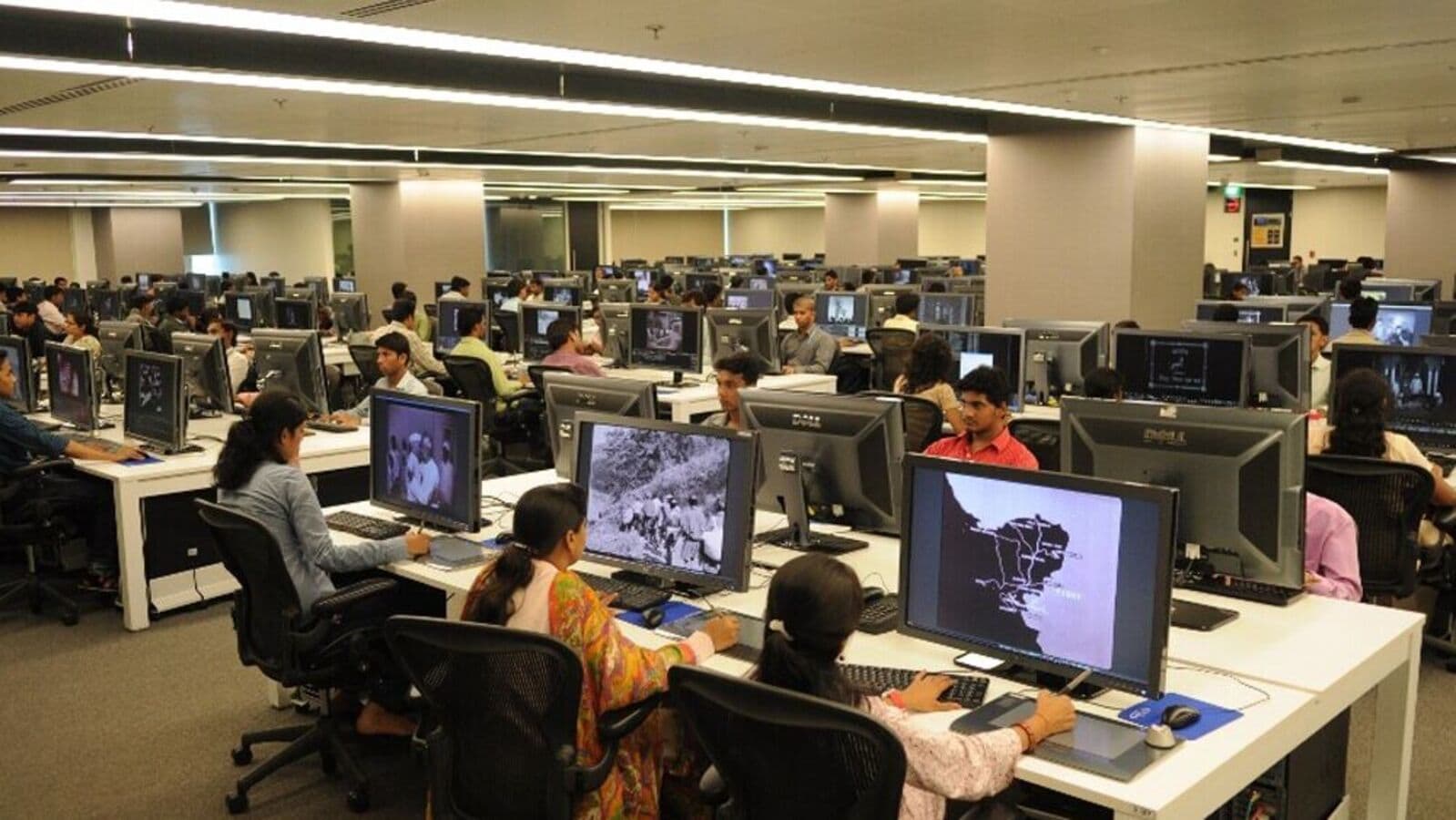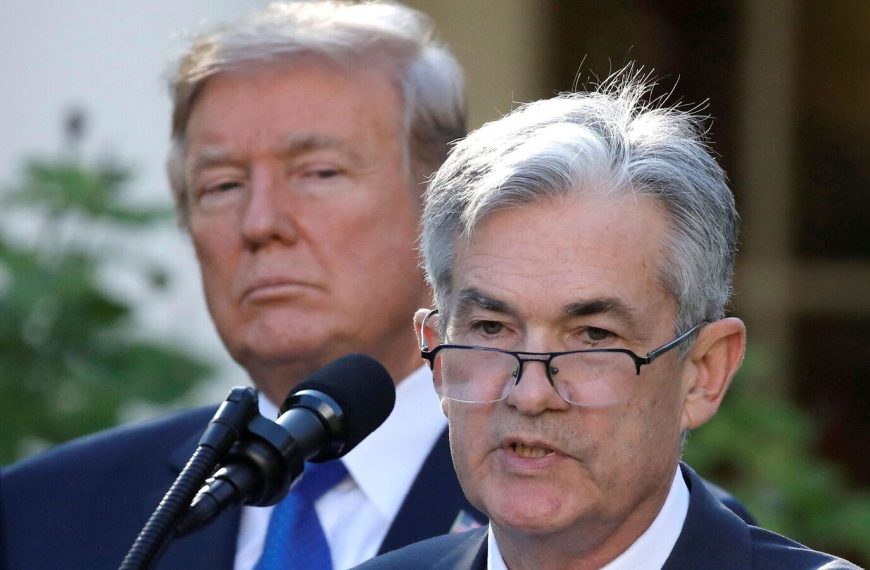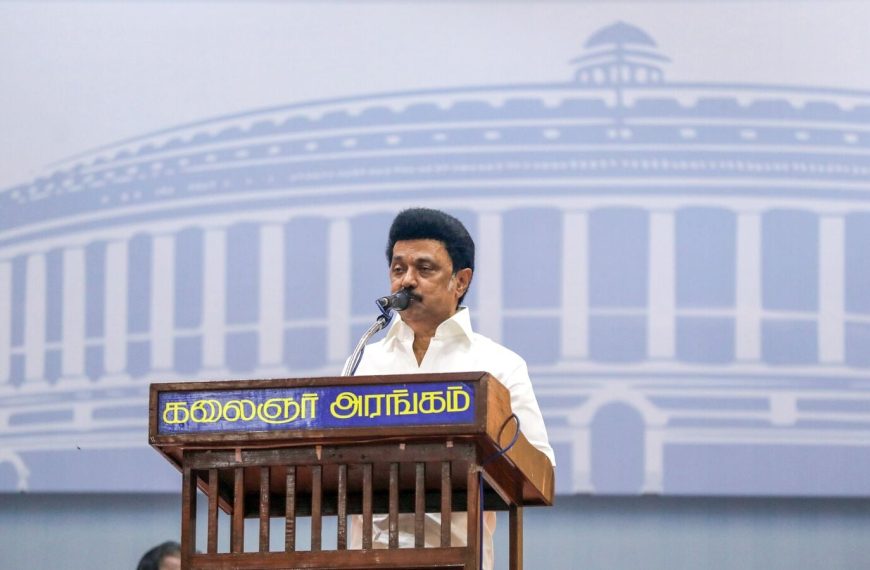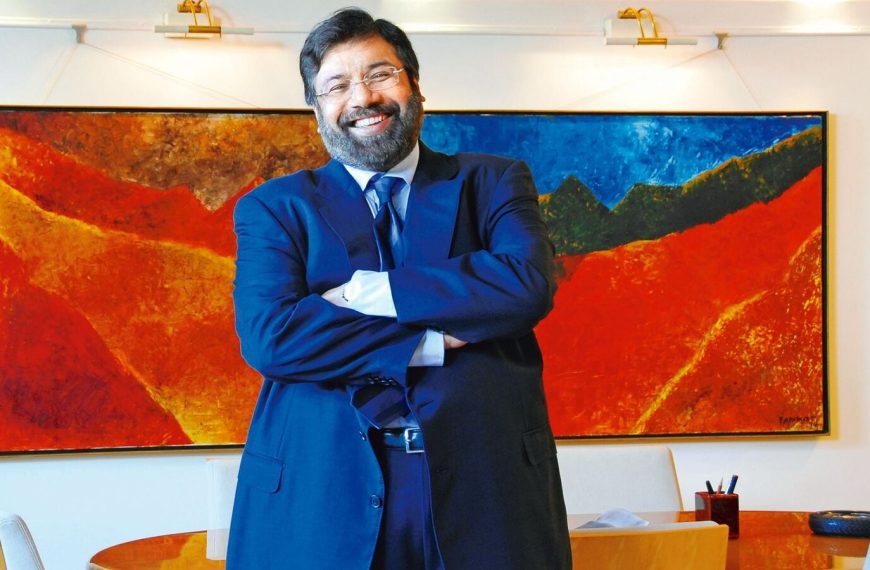India’s services sector growth experienced a slight dip in March, primarily due to a minor slowdown in business activity and sales. Additionally, international orders recorded their weakest growth in 15 months, as highlighted by a recent private survey. The HSBC India Services Purchasing Managers’ Index (PMI), curated by S&P Global, dropped to 58.5 in March from 59 in February, signaling a shift but remaining comfortably above the critical 50-point mark that distinguishes growth from contraction.
Key Insights from the Services PMI
- The index’s trajectory showed consistent declines: 59.3 in December, 58.4 in November, and 57.7 in September.
- March marked the slowest increase in external orders since December 2023.
Despite these challenges, the survey noted a decrease in cost pressures, hitting a five-month low. This easing, combined with competitive market conditions, helped temper inflation in service charges. Notably, the rate at which prices were raised for services was the weakest since September 2021.
According to Pranjul Bhandari, chief India economist at HSBC, while the PMI’s reading of 58.5 in March 2025 indicates a slight softening from the previous month, both domestic and international demand remained robust, albeit marginally lower than earlier figures. “Domestic and international demand remained fairly buoyant, despite a sequential dip,” Bhandari remarked, highlighting the resilience in the market.
Slowing Growth in Context
The services sector plays a crucial role in India’s economy, contributing over 50% to its Gross Domestic Product (GDP). The Indian economy witnessed a growth spurt of 8.2% in the fiscal year 2023-24, driven by a strong 7.8% growth in the last quarter. However, a slowdown followed, with GDP growth tapering to 6.7% in the first quarter of 2024-25, marking the slowest pace in five quarters, and further declining to 5.4% in the second quarter.
Despite these fluctuations, the Indian economy showed signs of recovery in the December quarter, bouncing back from earlier lows, with a GDP growth rate of 6.2%—the slowest since Q4 2023, except for the preceding quarter.
Manufacturing Sector Shows Resilience
In contrast, India’s manufacturing sector reported significant growth, expanding at its fastest rate in eight months. The HSBC India Manufacturing PMI climbed to 58.1 in March, up from 56.3 in February, driven by robust demand and increased production capabilities.
- The manufacturing index readings for the preceding months were 57.7 in January, 56.4 in December, and 56.5 in November.
- A reading above 50 signifies expansion, indicating a positive trajectory for the sector.
Composite Output Index Highlights
The HSBC India Composite Output Index surged to a seven-month high of 59.5 in March, up from 58.8 in February, suggesting continued above-average growth for the economy.
- Both new business and output rates showed stronger expansion in the manufacturing sector, even as service providers reported notable growth.
- However, the survey also pointed out that business confidence and job creation saw a slight decline across both sectors.
Conclusion
As India navigates these mixed signals in its economic landscape, the focus remains on sustaining growth amid competitive pressures and evolving market dynamics. With expectations for a 6.5% growth rate in 2024-25, driven by rural consumption and government investments, the country aims to bolster its economic resilience in the coming years. For more insights into India’s economic trends and growth forecasts, you can explore related articles on economic performance and sector-specific developments.











